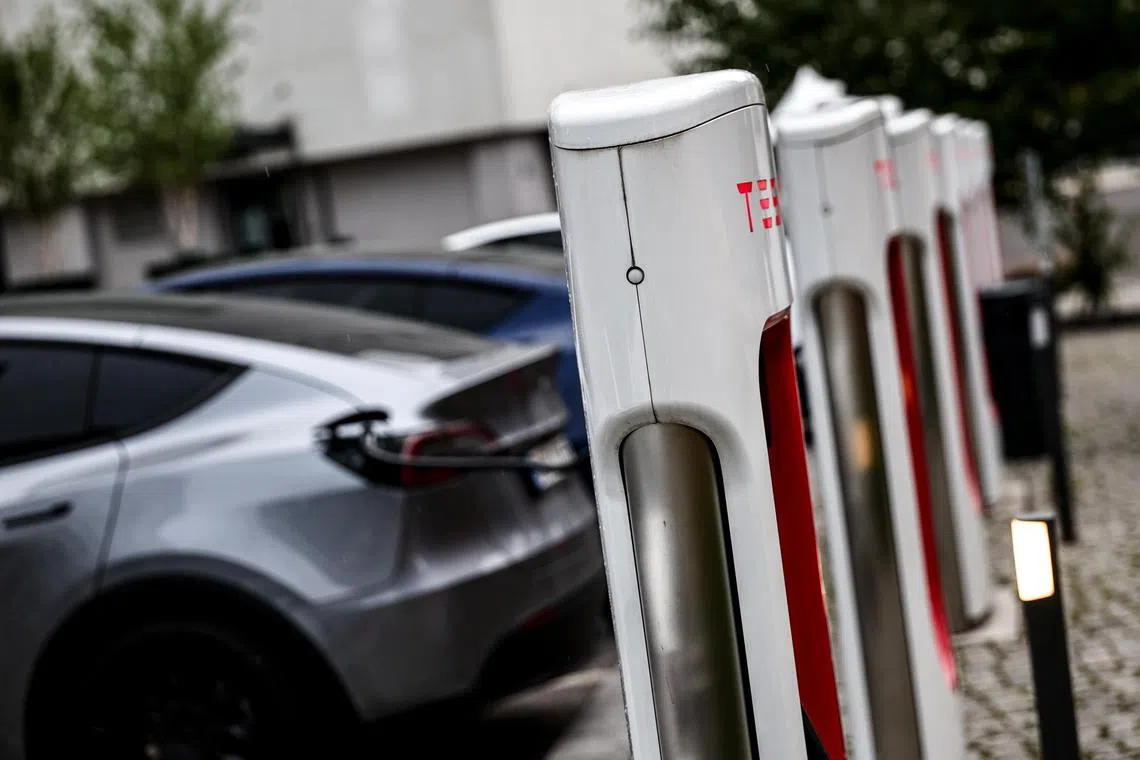For subscribers
From Tesla to Microsoft, companies are going vertical again
Political turmoil and the rise of ‘super-companies’ are pushing this trend.
Sign up now: Get ST's newsletters delivered to your inbox

Vertical integration will reinforce the consolidation trend, says the writer.
PHOTO: EPA
Adrian Wooldridge
Follow topic:
Much of the history of the modern corporation could be written in terms of two slogans: Ford’s “From mine to finished car: one organisation”, and Apple’s “Designed in California, assembled in China”. And much of its history in the coming years will be determined by the fading of the second of these slogans and the reassertion of the first.
In the century after 1870, corporations were shaped by vertical integration – the desire to bring as much of the production process as possible under the same umbrella. John D. Rockefeller not only owned a barrel-making factory (which, in 1888, saved him US$1.25 a barrel at a time when he was using 3.5 million barrels a year) but also owned the forest that provided the wood. Ford’s giant River Rouge plant in Dearborn, Michigan, was designed to take raw materials at one end and churn out Model Ts at the other end. Ford even built a town in Brazil, modestly named Fordlandia, to provide him with a secure source of rubber for its tyres.

